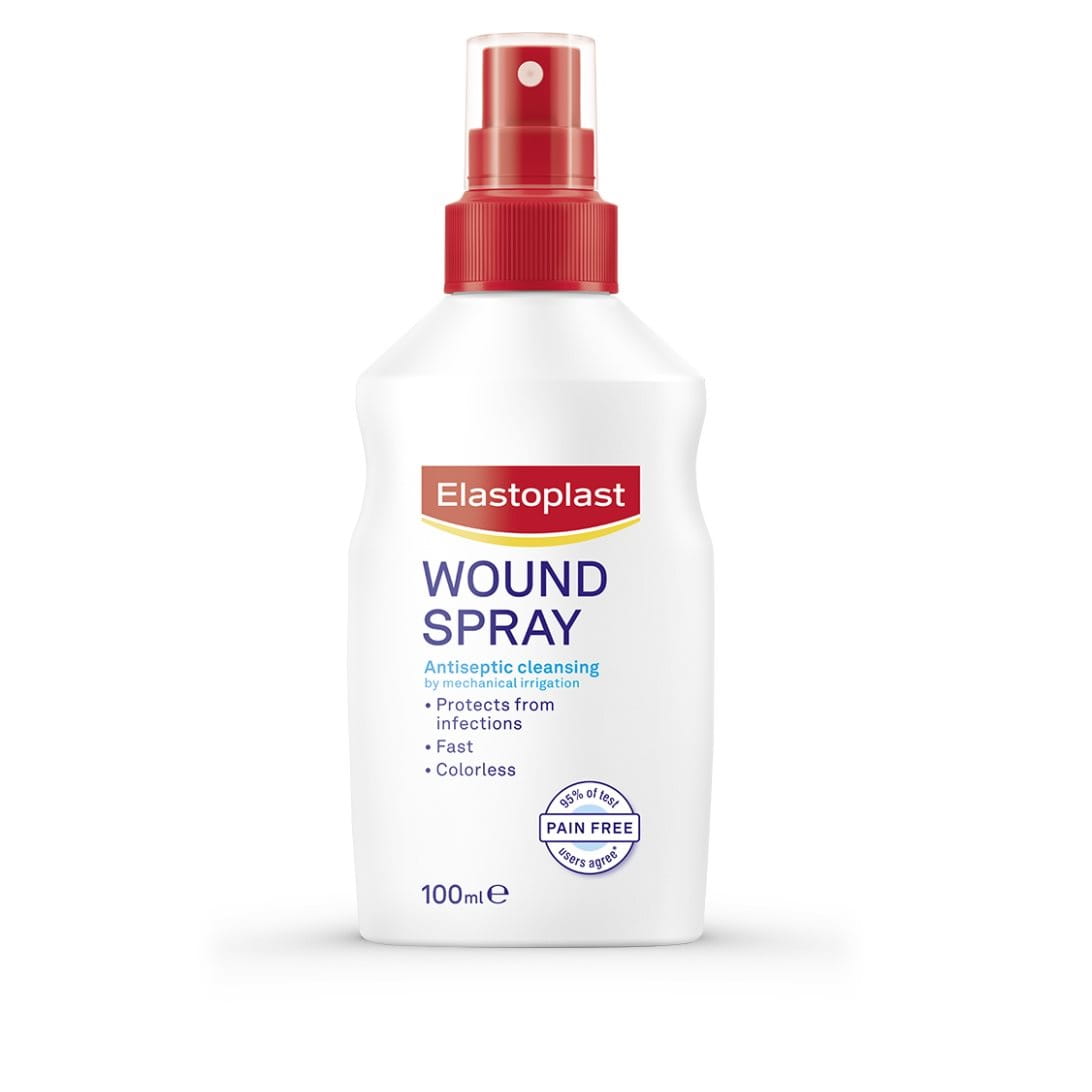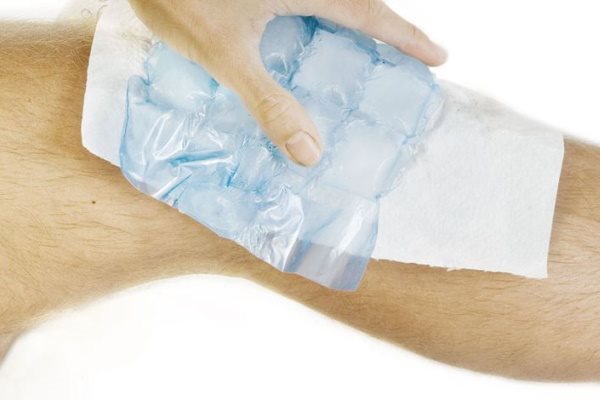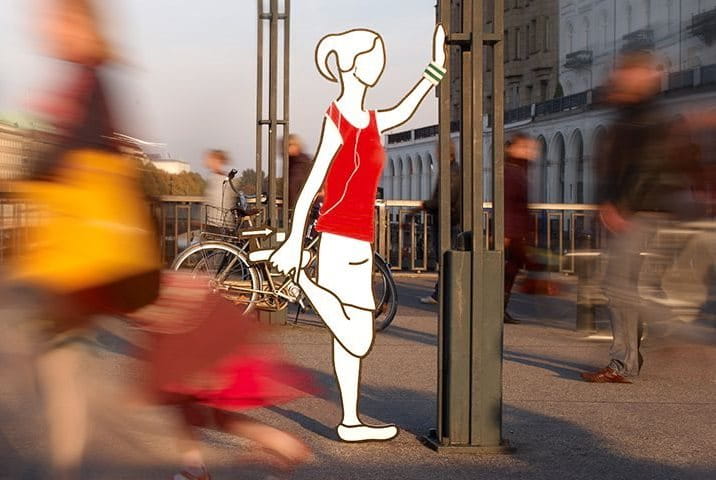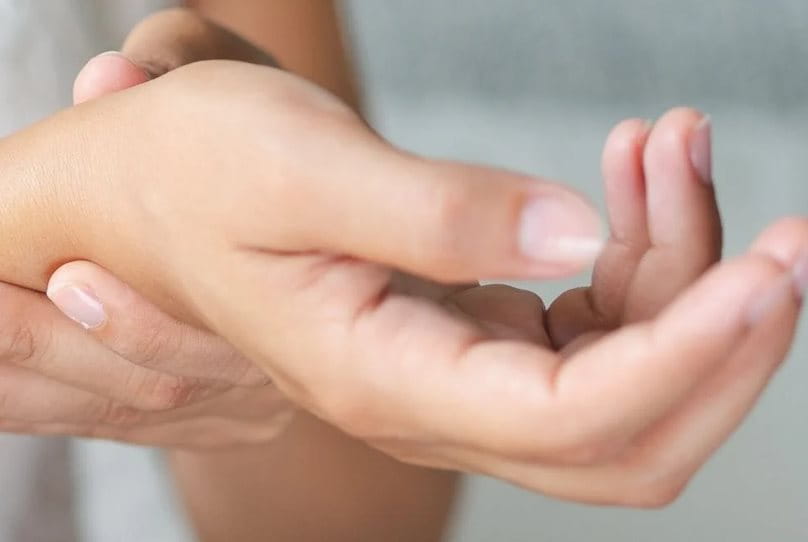The knee is affected in many sports injuries and injuries in everyday life. This can cause for example, bone fractures, ligament strains and tears, a cruciate ligament tear or meniscus injuries can occur. Osteoarthritis (of the knee) can occur within the natural aging process, but also as a late consequence of the above-mentioned injuries.
The main causes of knee pain are generally:
- Injuries (for example sports injuries)
- Osteoarthritis (wear and tear of the joint)

Often, degenerative changes of the knee joints are found already from the age of about 35 years. Such a degenerative change can have different causes: malalignment (deviations of the normal knee joint axis, e.g. bowlegs or knock knees) and overloading, injuries and vascular diseases, and as a consequence of joint diseases (such as rheumatism). However, studies also show that a degenerative change of the knee joints can be present without any symptoms, i.e. the affected persons do not feel any pain although they have signs of wear and tear on the knee joints. In the case of painful changes in the area of the knee joints, stabbing or pulling pains after longer periods of rest are typical, such as a morning start-up pain. If there are permanent complaints in the knee joint or if they increase over time, regular exercise and training is usually the remedy of choice. In individual cases, stretching and bending or general strain on the knee may also become painful over time. Depending on the cause and severity, knee pain should be treated conservatively, for example with anti-inflammatory painkillers, physical therapy and exercises. Surgery is only necessary in the rarest of cases.
To prevent it from getting that far, timely measures are important that can also be carried out by the affected person. These include muscle strengthening through targeted exercises and, if necessary, the additional wearing of supportive braces.



.jpg?rx=0&ry=95&rw=1600&rh=351&hash=FAE38F38F81823EB2A3474702FB083D4)







